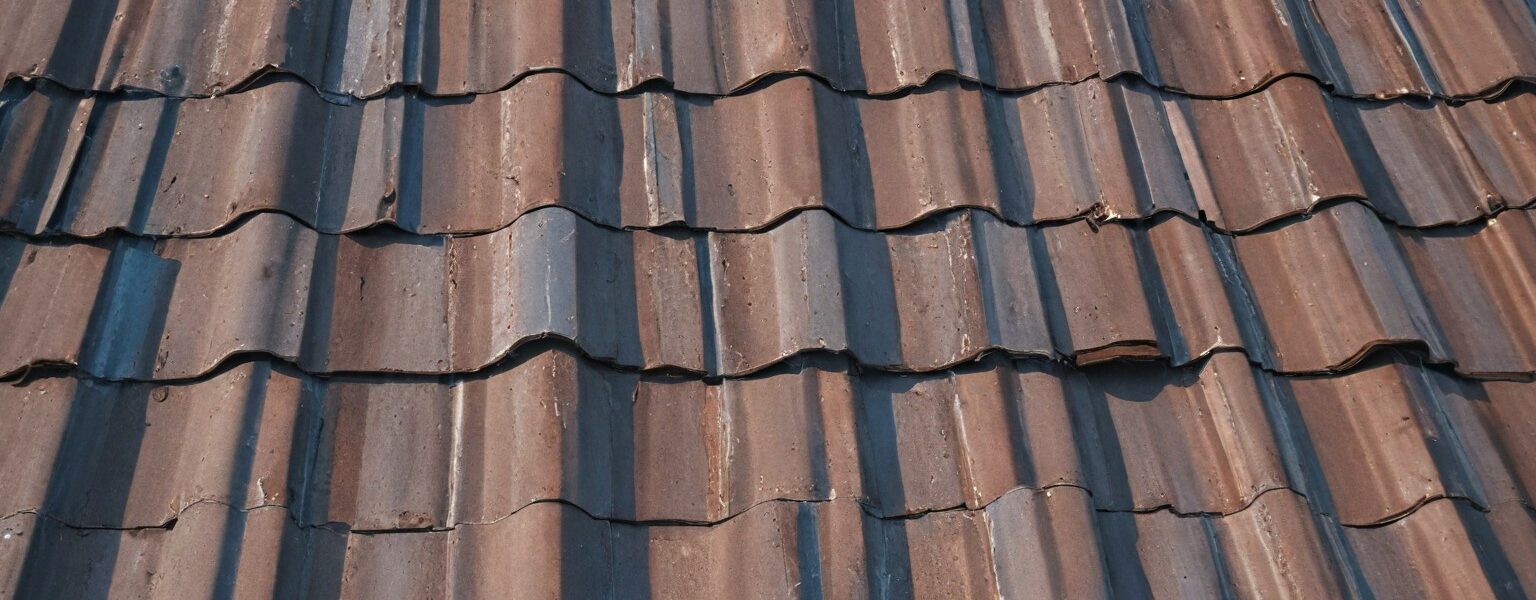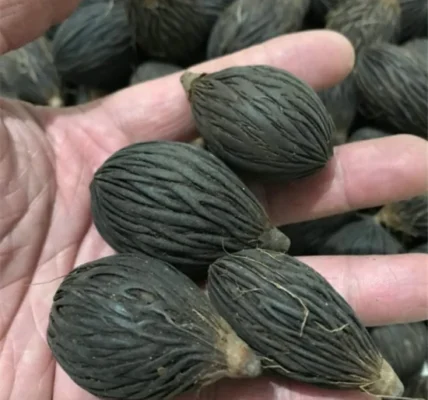Metal roofing has gained immense popularity due to its durability, energy efficiency, and modern look. If you’re considering metal roofing for your home or business, allroofing.info is your go-to resource for everything you need to know. In this guide, we’ll explore the benefits, types, installation process, and maintenance tips for metal roofs.
Why Choose Metal Roofing?
Metal roofing offers numerous benefits that make it stand out from other roofing materials. Here’s why it’s a smart investment:
1. Durability and Longevity
One of the biggest advantages of metal roofing is its exceptional durability. Unlike traditional roofing materials like asphalt, metal roofs can last up to 50 years or more with proper care. They can withstand harsh weather conditions such as heavy snow, hail, and strong winds.
2. Energy Efficiency
Metal roofs are highly reflective, meaning they can reduce heat absorption, keeping your home cooler in the summer. This helps lower your energy bills, making metal roofs a more sustainable choice for environmentally conscious homeowners.
3. Low Maintenance
Once installed, metal roofs require minimal maintenance compared to other materials. They are resistant to rust, corrosion, and cracking, which means fewer repairs over their lifespan.
4. Fire Resistance
Metal roofing is non-combustible, providing a higher level of fire resistance compared to other roofing options like wood shingles or asphalt. This makes it a safer option, particularly in areas prone to wildfires.
Types of Metal Roofing
There are several types of metal roofing materials available, each with its unique advantages. Here are the most common types:
1. Steel Roofing
Steel is one of the most popular metal roofing materials due to its strength and affordability. It can be galvanized or coated to prevent rust, making it suitable for various climates.
2. Aluminum Roofing
Aluminum is lightweight, rust-resistant, and ideal for coastal areas where saltwater corrosion is a concern. It’s slightly more expensive than steel but offers excellent longevity.
3. Copper Roofing
Copper roofing is known for its distinct, natural beauty. Over time, copper develops a patina, giving it a unique aesthetic appeal. While more expensive than other options, copper is incredibly durable and can last a lifetime.
4. Zinc Roofing
Zinc is another long-lasting option with a naturally occurring patina that protects it from the elements. Zinc roofs can self-heal, meaning minor scratches and damages repair themselves over time, increasing the roof’s longevity.
Installation Process
While metal roofing is known for its durability, proper installation is key to maximizing its benefits. Here’s what you can expect during the installation process:
1. Preparation
Before installing a metal roof, your existing roof may need to be removed, depending on its condition. Any necessary repairs to the roof deck or structure will also be completed during this stage.
2. Underlayment
An underlayment is installed to act as a protective barrier between the roof and the metal panels. This underlayment helps prevent moisture infiltration and adds an extra layer of insulation.
3. Panel Installation
The metal panels are then placed, starting from the bottom and working upward. Panels are attached using special fasteners that ensure a secure and weather-tight fit.
4. Flashing and Finishing
Flashings are installed around roof edges, chimneys, vents, and other protrusions to ensure water doesn’t seep into vulnerable areas. Finally, the roof is inspected to ensure everything is properly secured.
Maintenance Tips for Metal Roofing
Though metal roofs are low maintenance, there are still a few tasks that can extend their lifespan and maintain their appearance:
1. Regular Inspections
Schedule annual inspections to check for loose fasteners, debris, and signs of rust or wear. Early detection of issues can prevent costly repairs.
2. Cleaning
Clear leaves, branches, and other debris from your roof regularly to prevent potential damage. Be cautious not to use harsh chemicals that could damage the metal’s protective coating.
3. Address Minor Repairs
If you notice any small dents or scratches, address them immediately. Many metal roofing materials are self-healing, but it’s important to ensure damage doesn’t lead to rust or water infiltration.
Final Thoughts
Choosing a metal roof for your home or business is an investment in long-term durability and energy efficiency. With various materials and styles available, there’s a metal roofing option to suit every aesthetic and budget. For more information on choosing the right metal roof, installation tips, and maintenance advice, visit allroofing.info to get expert guidance on your roofing needs.




